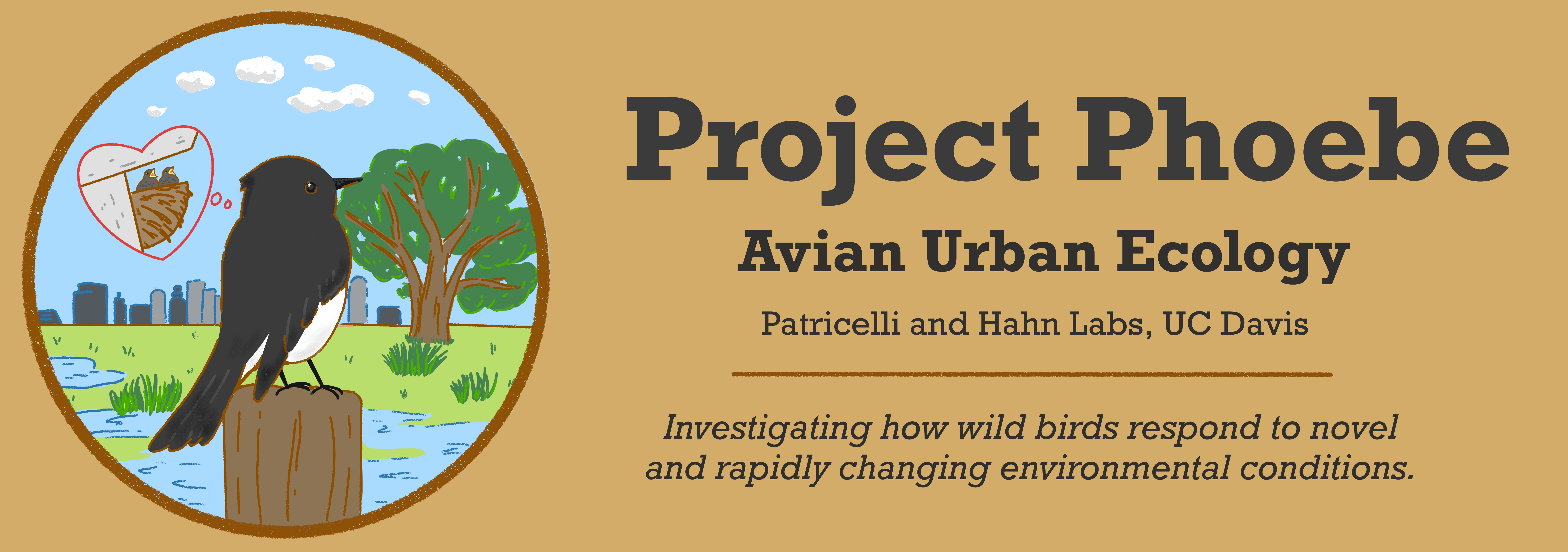July / August Fieldwork Update
The 2024 Project Phoebe field season officially wrapped up last week! We want to give a heartfelt thank you to all the site managers and community members who supported our research efforts. And a huge thank you to the wonderful team of undergraduates involved in the project. Our work would not be possible without all of you!
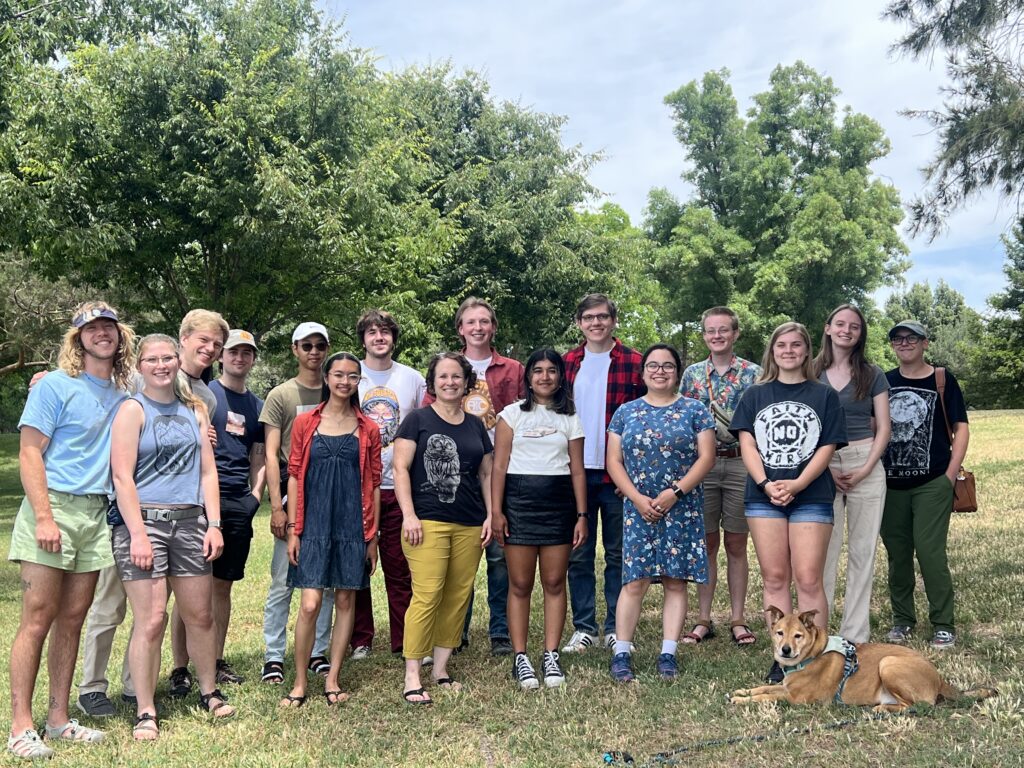
Our last two months of fieldwork focused on tracking the final nesting attempts of our 2024 Phoebe pairs, as well as collecting data on foraging and nesting habitat of each breeding pair. After our Phoebe pairs finished using each nest for the season, we measured the dimensions of the nest and collected several small samples of mud from it. These measurements will be used to understand whether Phoebes living in different habitats use different materials to construct their nests, and whether they build nests with different shapes and sizes. The nest serves several key functions, including keeping young Phoebes safe from predators and buffering them from hot and cold temperatures as they develop. Changes in the materials or dimensions of a nest may have important consequences for the success of our Phoebe pairs–some nests may be more likely to fall or may not be as effective at shielding young Phoebes from extreme heat. Stay tuned as we learn more about how Phoebe nests vary across habitats and whether nest design has any consequences for the success of our birds.
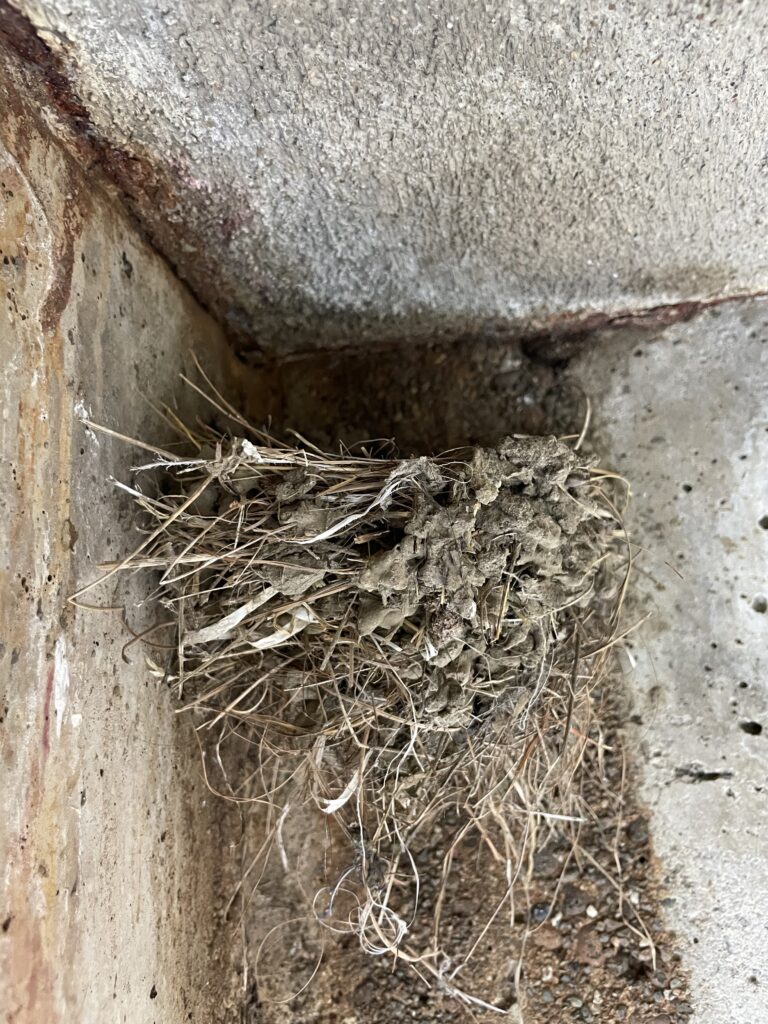
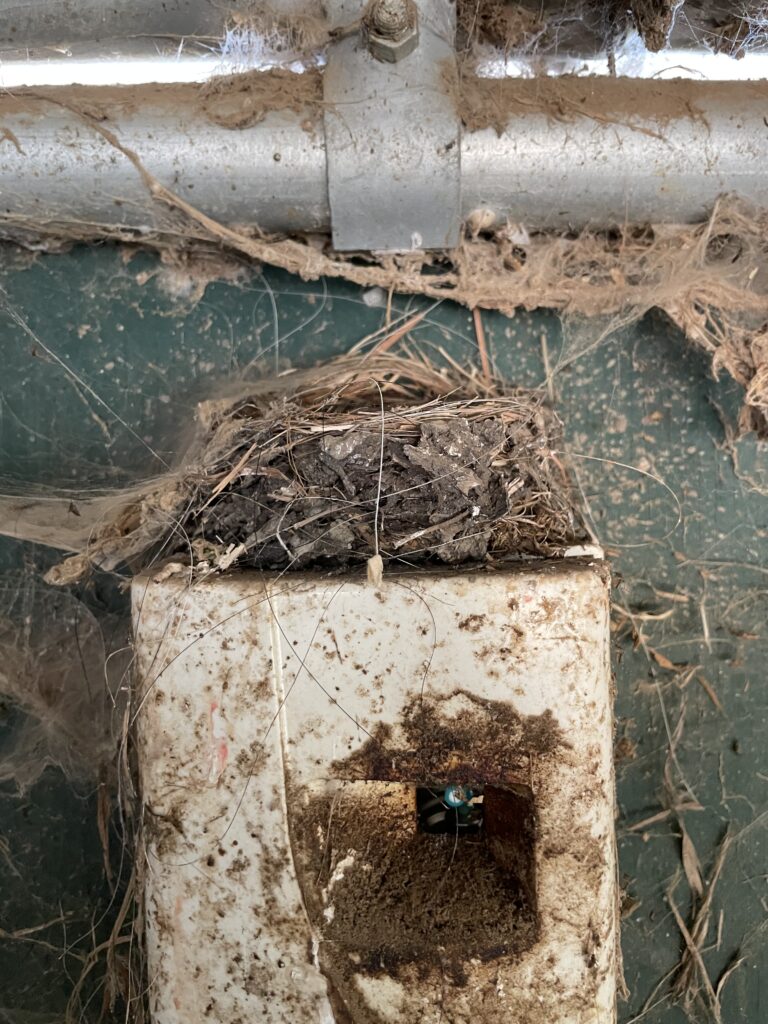
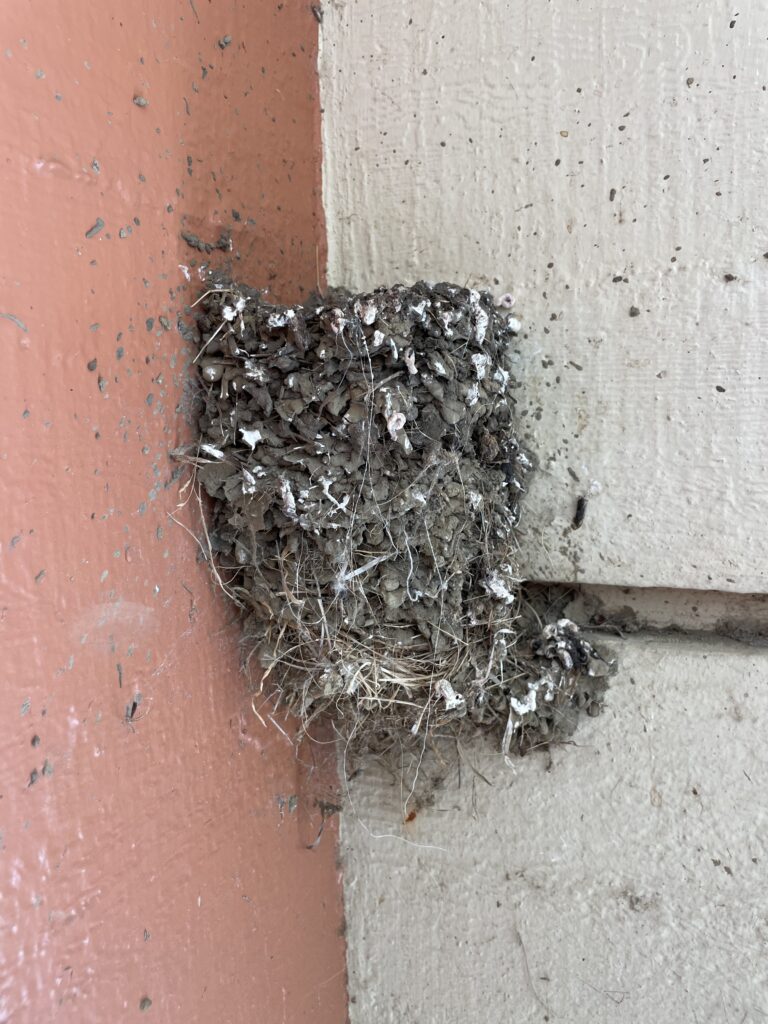
Overall, during our 2024 field season, the Project Phoebe team monitored 101 nesting attempts for 56 different breeding pairs in four cities (Davis, Woodland, West Sacramento, Sacramento), four nature preserves, and several agricultural areas. For each nesting attempt, we collected a huge array of information, including data on timing of breeding, number of eggs and nestlings, growth trajectories of the nestlings, various aspects of parent behavior (e.g., how often they delivered food to their chicks), the number of people and potential predator species near the nest, and the features of the habitat around the nest (e.g., amount of tree cover, pavement, etc.).
Of the nesting attempts we monitored, 63 nests survived to ~14 days old, which is the last day that we can closely check the nest (after that, the chicks are almost old enough to leave the nest and may jump out early if we get too close). The remaining 41 nests failed at some point. Causes of nest failure including nests falling down, exposure of eggs or nestlings to extreme cold or heat, and nest predation by various species, especially California Scrub Jays and other corvid species. Each of our breeding pairs attempted to raise anywhere from 1 to 4 clutches of young this season. Some birds did not successfully fledge any chicks despite repeated attempts, whereas others fledged as many as 11 chicks successfully.
Our team is now hard at work organizing and analyzing all of the data we’ve collected over the last two field seasons to understand the factors affecting the traits, survival, and reproductive success of our Phoebes. If you live in the Central Valley and you are interested in getting a sneak peak of our preliminary findings, please join as the 2024 Central Valley Birding Symposium in November, where the project leads and five undergraduate students will provide updates on various Project Phoebe subprojects.
– Sage
